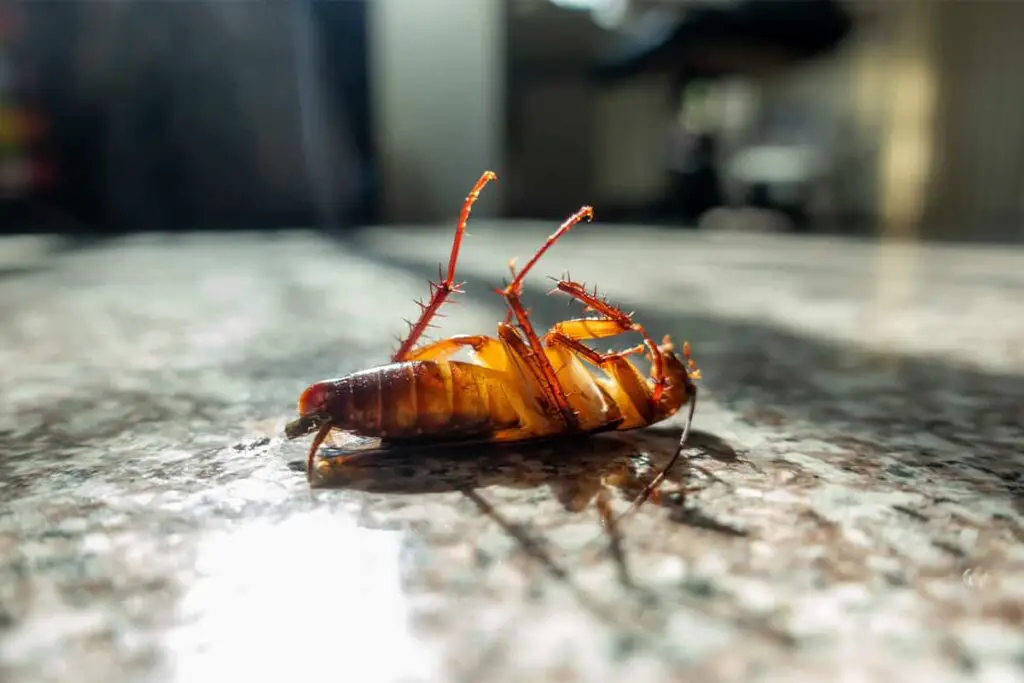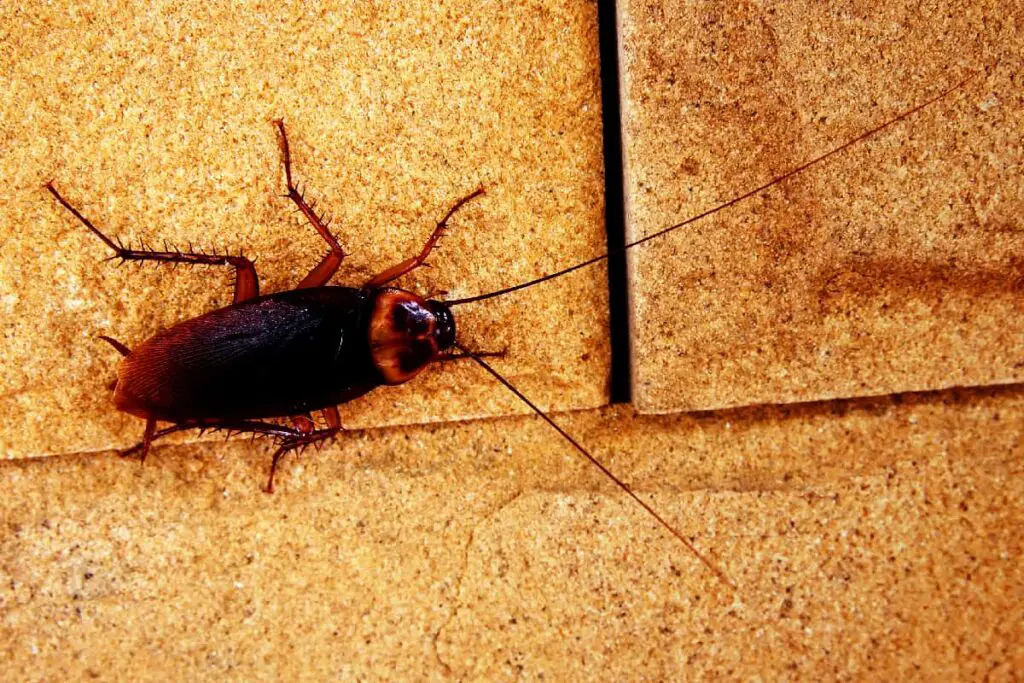When it comes to deterring pests, particularly roaches, understanding their dislikes can be a valuable tool in your pest control arsenal. You might be surprised to learn that the color of light in your environment could play a role in keeping these critters at bay. It turns out that roaches have specific preferences when it comes to light, and certain colors can actually repel them.
Research and anecdotal evidence suggest that roaches are less fond of certain light colors. In fact, it’s been noted that roaches hate red lights the most. This could be a handy piece of information when considering your next line of defense against these resilient insects. By strategically using light to your advantage, you can create an unwelcoming environment for roaches to deter them from making themselves at home in your space.
Roach Perception of Light
Cockroaches show a distinct aversion to certain kinds of light, and their behavior changes based on light intensity and color.
Sensitivity to Different Wavelengths
Cockroaches are generally repelled by bright light and prefer to operate in darker environments. Specific colors can influence their behavior, where studies indicate blue and red lights could potentially repel these pests. It’s interesting to note that some colors, such as red light, may be less detectable to them, which could affect your pest control strategies.
Natural Light Vs Artificial Light
Your experience with roaches sprinting for cover when you flip a switch is no coincidence. Roaches tend to avoid artificial light, especially when it’s intense or mimics broad-spectrum natural light. Conversely, they may be less reactive to dimmer or specifically colored artificial lighting. Understanding these preferences helps in managing and deterring roach presence in your home.
Effects of Light on Roach Behavior
When you consider cockroach habits, it’s essential to understand how light influences their behavior. From the times they are most active to their feeding routines, light plays a crucial role in how they live.
Avoidance Responses and Activity Patterns
Roaches exhibit a distinct preference for darkness, which significantly affects their activity patterns. Your home often seems clear of these pests during the day because cockroaches typically avoid light, seeking refuge in dark, undisturbed areas. Research suggests that the American cockroach and others like the German cockroach are generally active at night or in darkness, making them nocturnal creatures. This adaptation allows them to forage for food and carry out other behaviors under the cover of night.
Influence of Light on Feeding Habits
Light can also have an impact on roaches’ feeding behaviors. Since these insects are less active in well-lit environments, they tend to feed more during the night. Your kitchen, for example, might become a haven for cockroaches because, after the lights go out, it provides both darkness and potential food sources. While not much is said about the color of light and specific feeding habits, a lack of light ensures they are comfortable enough to venture out and search for food, indicating that the darkness is crucial for their survival and feeding.
Colors Roaches Dislike
In your battle against these unwelcome guests, understanding their color preferences can be quite beneficial. Let’s explore the research on their spectrum preferences and how it can be applied to pest control.
Research on Spectrum Preferences
Roaches exhibit less attraction to certain colors of light. Research, such as one study highlighted on RidMyCritters.com, indicates that roaches tend to avoid light altogether, with some particular colors being more repellent than others. Although, truly pinpointing the least attractive colors to roaches can be tricky since they’re nocturnal and generally dislike any light.
Practical Applications in Pest Control
You can use this knowledge to your advantage in pest management. For example, certain lighting in areas prone to roach infestations can serve as a deterrent. According to Cockroach World, some colors are found to be more repelling to roaches, which might aid in keeping them away from your living spaces. Remember, this method isn’t a silver bullet, but it can be an integral part of a multifaceted pest control strategy.
Frequently Asked Questions
In this section, you’ll find key insights into how different light colors impact cockroach behavior, and whether some hues are more effective than others in deterring these pests.
Does the presence of light affect cockroach behavior?
Cockroaches generally prefer dark environments and are nocturnal, so light does influence their activity. They tend to avoid well-lit areas, seeking refuge in dark, undisturbed spots during the day.
Are certain colors of light more likely to deter cockroaches?
While cockroaches usually avoid light, they have a dislike for certain colors, such as bright ones. Some studies suggest colors like red might be less appealing to them.
How do cockroaches respond to red lighting conditions?
Interestingly, research indicates that cockroaches show an aversion to red light and may actively avoid areas with red illumination.
Can the illumination from LED lights attract or repel roaches?
LED lights can vary in the spectrum of light they emit. Some LED lights may repel roaches if they emit colors like red, which cockroaches do not prefer.
Will a lit environment prevent roaches from entering the area?
A lit environment won’t guarantee that roaches will stay away, but it’s generally less attractive to them. If the light is of a color they dislike, it could act as an additional deterrent.
Is there a type of light that cockroaches cannot perceive?
Cockroaches have limited color perception. They might not be sensitive to certain wavelengths, especially if those wavelengths fall outside of the range they typically detect or are attracted to.
Driven by a passion for those tiny creatures that rule our world, we at Bug Domain strive to be your go-to resource for information on insects.



